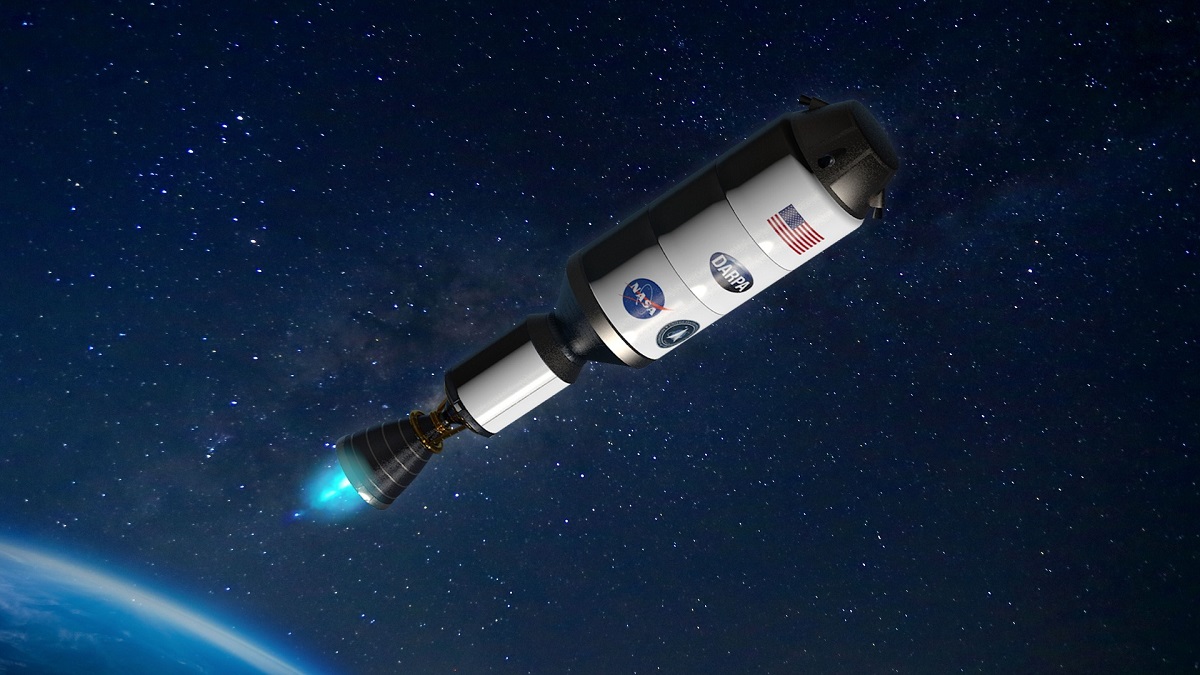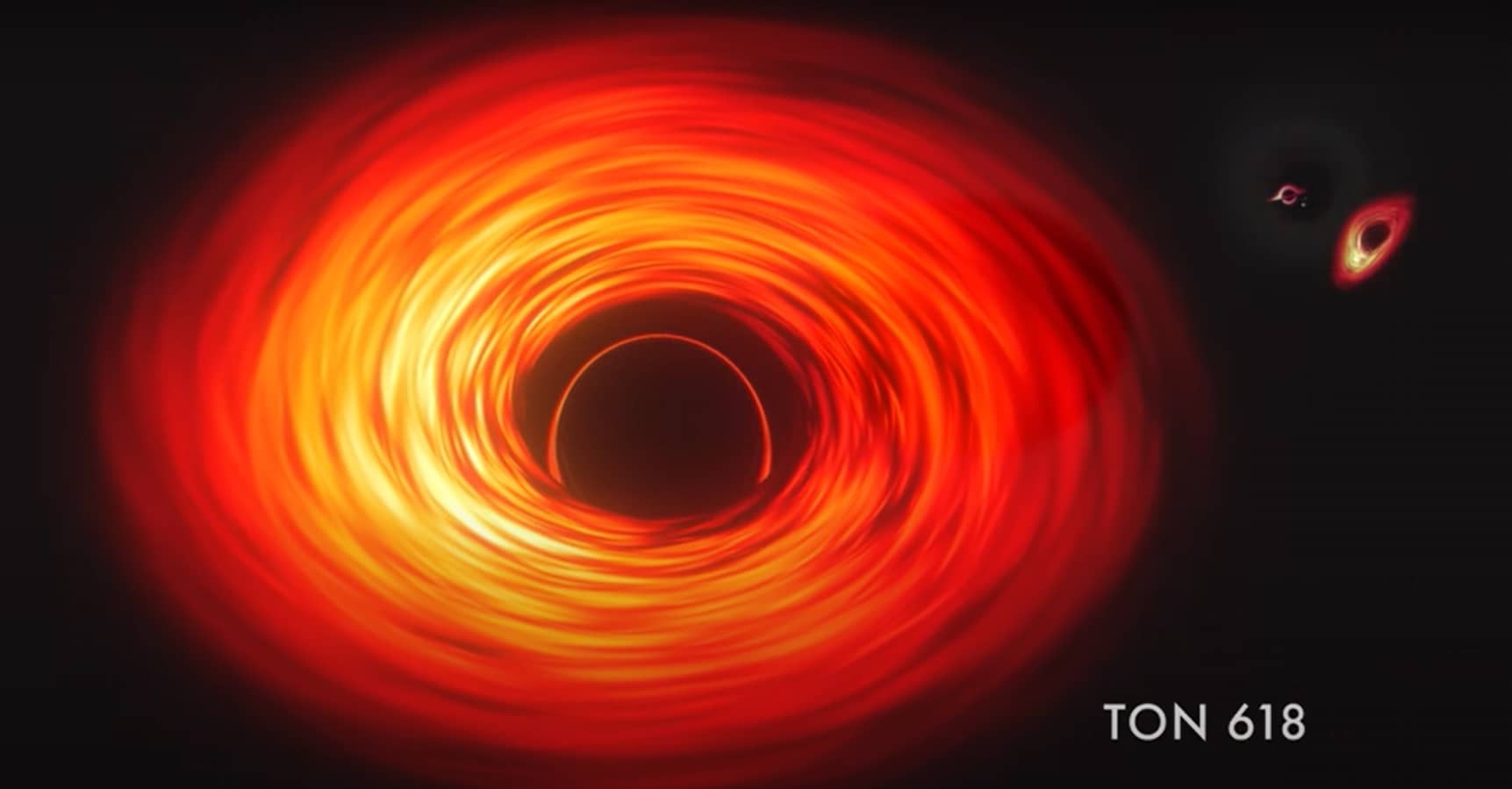By 2027, NASA hopes to have created and tested a functional nuclear thermal rocket. The Administrator Bill Nelson said that the agency will partner with the Pentagon’s Defense Advanced Research Projects Agency (DARPA) in order to “develop and demonstrate advanced nuclear thermal propulsion, a revolutionary technology that will allow the United States to expand the possibilities for future human spaceflight missions.”
NASA will participate in DARPA’s Demonstration Rocket for Agile Cislunar Operations, or DRACO, a program that started in 2021. The goal of the initiative is to create a nuclear thermal engine for a DARPA experimental spacecraft. The nuclear reactor and engine for this nuclear rocket will be developed by DARPA, and the agency and NASA aim to test it in space as early as 2027. Nelson referred to the collaboration as an “exciting investment in the future of human space exploration” and as “a major investment in getting to Mars.”
“DRACO will be a critical part of evaluating the technologies that will take us deeper into the solar system,” NASA Deputy Administrator Pam Melroy said during the presentation. “Our intent is to lead and develop a blueprint for human exploration and sustained presence throughout the solar system. That is a very important goal. And we think that these advanced technologies will be a critical part of it.”
An interagency agreement between NASA and DARPA was published; it outlines the roles and responsibilities of each organization and gives NASA final control over the creation and development of the nuclear thermal rocket engine. The deal does, however, give DARPA control over the “experimental NTR vehicle (X-NTRV),” the spacecraft that will be propelled by the anticipated nuclear rocket engine, and DARPA will be in charge of managing and disposing of the X-NTRV in orbit.
This idea for a nuclear rocket has existed for many years. A crewed Mars expedition was intended to be launched in 1979 using a nuclear rocket as part of NASA’s NERVA program, which stands for Nuclear Engine for Rocket Vehicle Application. Budget cuts and concerns about the Cold War getting worse led to the cancellation of the program in 1972.





